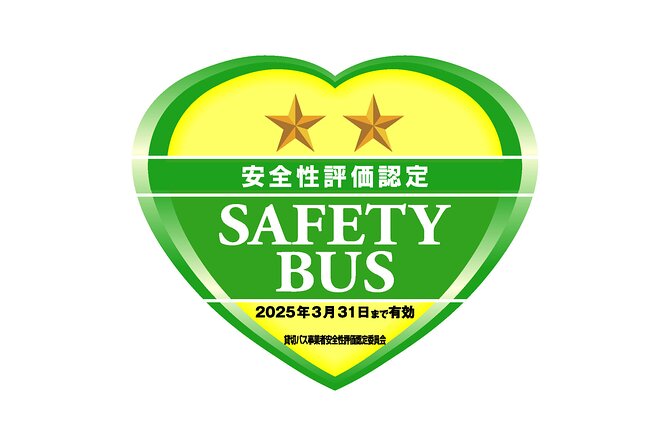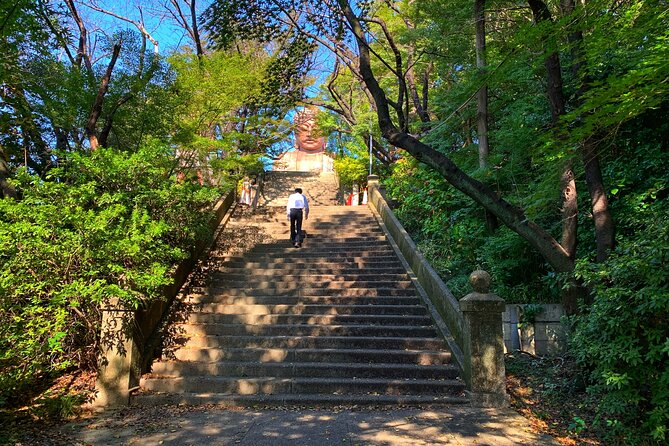Aikido, the fascinating Japanese martial art, invites practitioners to gracefully navigate the ebb and flow of combat, blending seamlessly with the energy of their opponents. In this unbiased and informative article, readers will be introduced to the essence of Aikido: its principles, history, and practical applications.
Led by a knowledgeable black belt master, participants of all skill levels can delve into the art’s techniques, emphasizing posture, balance, and strength derived from stability. This comprehensive introduction to Aikido’s philosophy is perfect for those intrigued by the world of Japanese martial arts, whether they are beginners or experienced practitioners.
Gain a deeper understanding of Aikido’s captivating world as you embark on this enlightening journey.
Quick Takeaways
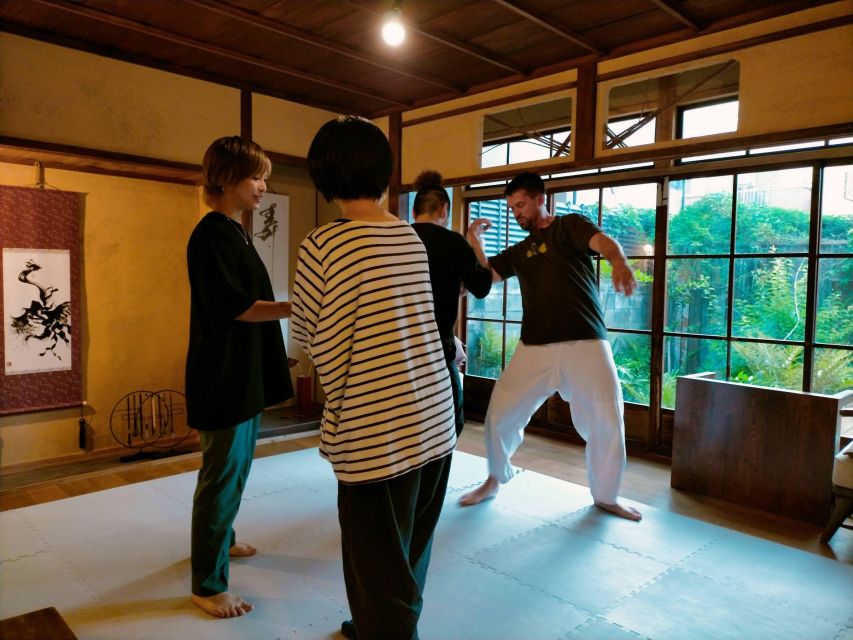
- Aikido is a Japanese martial art that focuses on using posture and balance to generate strength and stability.
- The workshop is suitable for beginners of any age, including those with no prior experience in martial arts.
- Participants will learn true Ninja style techniques and practice real defense skills.
- The workshop includes a brief guide to the history and philosophy of Aikido, as well as its application in self-defense situations and everyday life.
Origins and History
Aikido originated in Japan and has a rich history that dates back to the early 20th century. The martial art was developed by Morihei Ueshiba, also known as O-Sensei, who drew inspiration from various traditional Japanese combat techniques, including jujitsu and kenjutsu.
Aikido focuses on using an opponent’s energy and movements against them, rather than relying on brute force. It emphasizes blending with the attacker’s energy and redirecting it to neutralize the threat. Aikido techniques involve joint locks, throws, and immobilizations, with an emphasis on fluid movements and efficient use of energy.
The philosophy of Aikido promotes harmony and non-violence, with practitioners striving to neutralize aggression without causing harm. Aikido has since spread worldwide, gaining popularity for its practical self-defense applications, as well as its emphasis on personal growth and spiritual development.
Principles and Philosophy
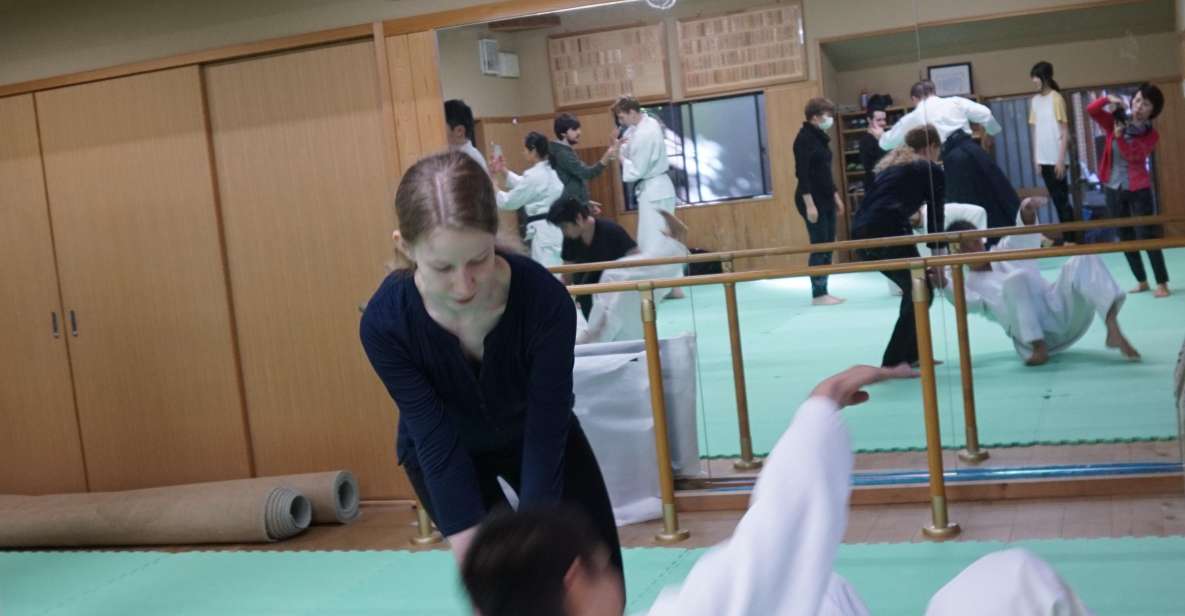
One of the core principles of Aikido is the concept of blending with an attacker’s energy to redirect and neutralize their attack. This principle is based on the belief that force can be overcome by using the attacker’s own energy against them. Aikido emphasizes the importance of harmony and non-resistance, reflecting the philosophical and spiritual aspects of the martial art. The principles and philosophy of Aikido are deeply rooted in Japanese culture and can be seen in the practice of meditation, which helps practitioners develop mindfulness and awareness. Through meditation, Aikido practitioners strive to cultivate a state of calmness and presence, enabling them to respond to attacks with clarity and precision. The philosophy of Aikido encourages practitioners to seek peaceful resolutions and to apply the principles of Aikido in their daily lives, promoting harmony and balance.
| Principles and Meditation | Aikido Philosophy and Mindfulness |
|---|---|
| Blending with attacker’s energy | Seek peaceful resolutions |
| Redirect and neutralize attack | Apply principles in daily life |
| Harmony and non-resistance | Promote harmony and balance |
| Cultivate calmness and presence | Develop mindfulness and awareness |
Techniques and Training
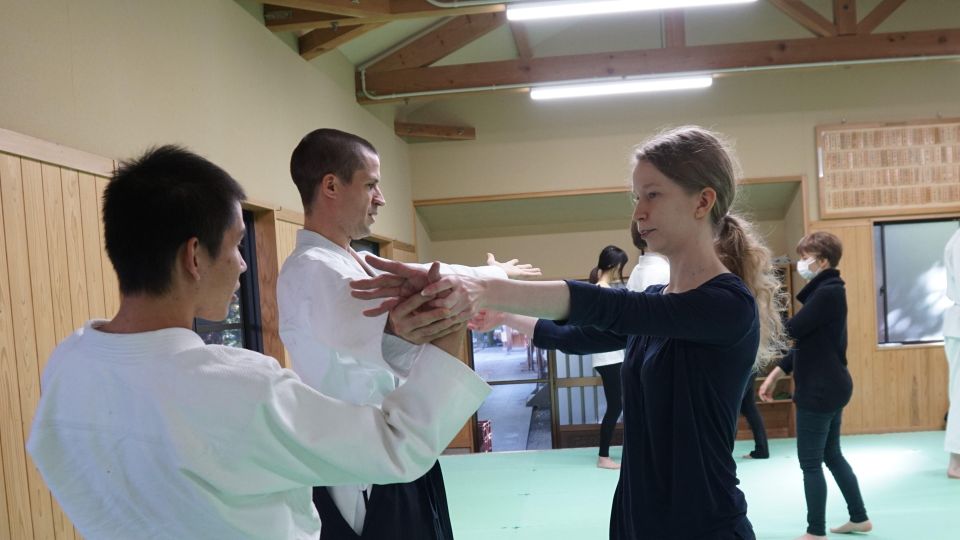
The training in Aikido focuses on mastering a variety of techniques for self-defense and personal growth. Aikido techniques are designed to redirect an opponent’s energy and neutralize their attack, rather than relying on brute force.
Aikido training typically begins with learning fundamental movements, such as rolls and falls, which help develop agility and coordination. Students then progress to practicing techniques that involve joint locks, throws, and pins, all executed with fluidity and precision.
Aikido training also emphasizes blending with an opponent’s energy and maintaining a calm and centered state of mind. Through consistent practice, students not only gain proficiency in Aikido techniques but also develop qualities such as discipline, focus, and self-confidence.
Aikido training is a lifelong journey of self-improvement and self-discovery.
Benefits for Physical and Mental Health
Practicing Aikido offers numerous benefits for both physical and mental health. This Japanese martial art not only provides self-defense techniques but also promotes overall well-being. Aikido is known for its emphasis on blending with the attacker’s energy and redirecting it, rather than using force or aggression. This gentle approach to combat has several positive effects on the practitioner’s health.
Aikido is an effective method for stress relief, as it teaches individuals how to remain calm and centered in challenging situations. By focusing on breathing and body movements, practitioners can release tension and find inner peace. Plus, Aikido helps improve focus and concentration. The techniques require practitioners to be fully present and aware of their surroundings, enhancing their mental clarity and sharpening their attention skills.
Here is a table summarizing the benefits of Aikido for physical and mental health:
| Benefits | Physical Health | Mental Health |
|---|---|---|
| Aikido for stress relief | Reduces muscle tension | Promotes relaxation and calmness |
| Aikido for improving focus and concentration | Enhances flexibility and balance | Sharpens mental clarity and attention skills |
Aikido Vs Other Martial Arts
Comparing Aikido with other martial arts reveals the unique approach and techniques employed in this Japanese martial art.
When comparing Aikido to Karate, one of the main differences lies in their focus. Karate is primarily a striking art, emphasizing powerful punches, kicks, and knee strikes. In contrast, Aikido focuses on blending with and redirecting an opponent’s energy, using joint locks and throws to subdue them. Aikido’s emphasis on harmony and non-resistance sets it apart from Karate’s more aggressive nature.
Similarly, when comparing Aikido to Jiu Jitsu, the key distinction lies in their techniques. Jiu Jitsu heavily relies on ground fighting and submission holds, while Aikido emphasizes fluid movements, utilizing an opponent’s energy against them.
Both martial arts offer valuable self-defense techniques, but their approaches and philosophies differ significantly.
Aikido in Self-Defense Situations
When faced with potential threats, you can rely on Aikido to effectively defend themselves by employing its unique techniques and principles. Aikido self-defense techniques are designed to redirect an attacker’s energy and neutralize their aggression without causing harm.
In practical applications of Aikido, practitioners use a combination of joint locks, throws, and immobilizing techniques to subdue their opponents. By utilizing precise body movements and leverage, Aikido practitioners can overcome attackers who may be physically stronger or larger.
Aikido also emphasizes blending with the attacker’s movements and redirecting their force, allowing practitioners to control the situation rather than engaging in a direct confrontation. This approach makes Aikido an effective martial art for self-defense in various real-life scenarios.
Aikido in Everyday Life
Aikido’s practical applications extend beyond self-defense situations, as its principles can be applied to enhance everyday life. In the workplace, Aikido teaches individuals how to effectively handle conflict and maintain a sense of calmness and control. By utilizing techniques such as blending and redirecting energy, you can diffuse tense situations and promote harmony within a team.
Aikido also serves as a valuable tool for stress relief. The practice emphasizes the importance of relaxation and breathing techniques, which can help individuals manage stress and anxiety in their daily lives. By cultivating a sense of mindfulness and presence, Aikido practitioners can navigate through challenges with a clear mind and a balanced perspective.
Resources for Learning Aikido
Aikido offers a wide range of resources for individuals interested in learning the Japanese martial art. Whether you prefer online tutorials or in-person training at Aikido dojos, there are options available to suit different learning preferences. Here are some resources to consider:
- Online tutorials: There are numerous websites and video platforms that provide instructional videos and tutorials on Aikido techniques. These resources allow you to learn at your own pace and from the comfort of your own home.
- Aikido dojos: Joining a local Aikido dojo provides the opportunity to learn directly from experienced instructors and practice with fellow students. Dojos often offer regular classes, workshops, and seminars to deepen your understanding and improve your skills.
- Books and manuals: There are many books and manuals available that provide detailed explanations and illustrations of Aikido techniques, principles, and philosophy. These resources can be valuable references for further study.
- Aikido associations and organizations: Aikido associations and organizations provide a wealth of resources, including training programs, events, and seminars led by renowned Aikido masters. They also offer opportunities to connect with other Aikido practitioners and enthusiasts.
Frequently Asked Questions
Is Aikido Suitable for Children?
Aikido is suitable for children as it offers numerous benefits for their physical and mental development. Aikido techniques for kids focus on building coordination, discipline, and self-confidence, making it a great martial art choice for young learners.
How Long Does It Take to Become Proficient in Aikido?
It takes time and consistent practice to become proficient in aikido. The length of time to reach different levels of proficiency varies, but regular training is essential for skill progression in this martial art.
Are There Any Age Restrictions for Learning Aikido?
There are no age restrictions for learning Aikido, as it is suitable for beginners of any age. The training intensity can be adjusted to accommodate different skill levels and physical abilities.
Can Aikido Be Practiced by People With Physical Disabilities?
Adaptive techniques in Aikido allow people with physical disabilities to participate in training. The benefits of Aikido for individuals with disabilities include improved physical coordination, balance, and self-confidence. Inclusion is emphasized in Aikido training.
Are There Any Competitions or Tournaments in Aikido?
Aikido competitions are not as common as in other martial arts. However, there are tournaments where practitioners can showcase their skills and techniques. The tournament structure often includes both individual and team events.
The Sum Up
To sum it up, Aikido is a fascinating Japanese martial art that focuses on blending with an opponent’s energy and using their own force against them.
With its unique philosophy and techniques, Aikido has gained popularity worldwide for its practical applications in self-defense and everyday life.
Whether one is a beginner or an experienced practitioner, learning Aikido can provide a comprehensive understanding of its principles and benefits for physical and mental health.
Overall, Aikido offers a captivating and enriching experience for those interested in Japanese martial arts.


